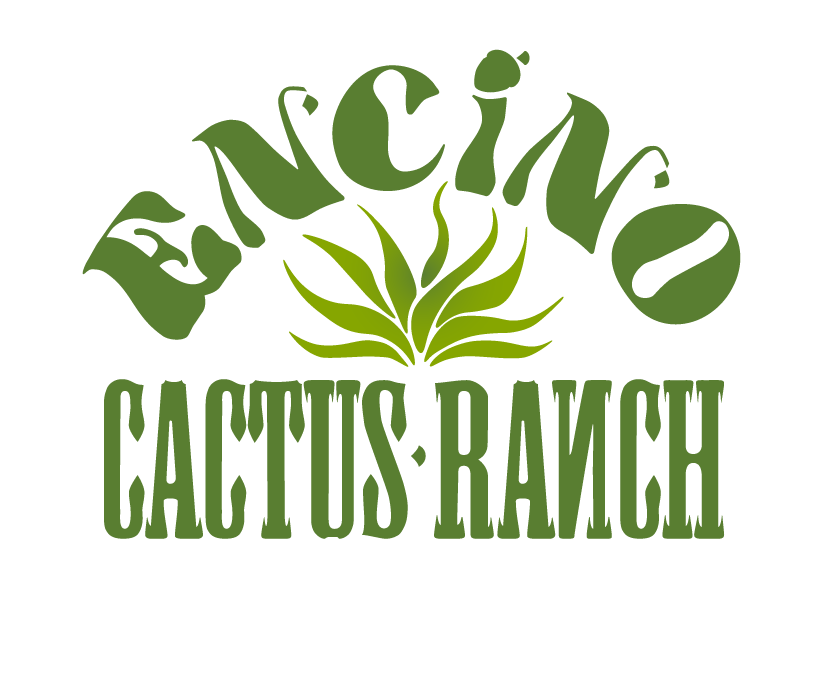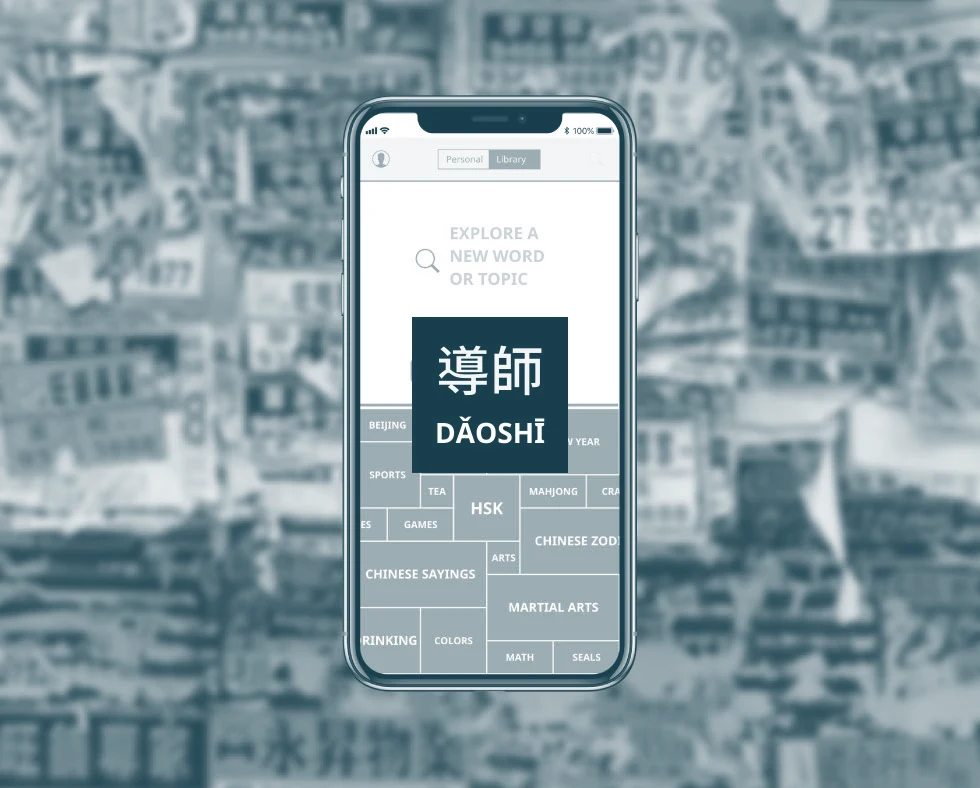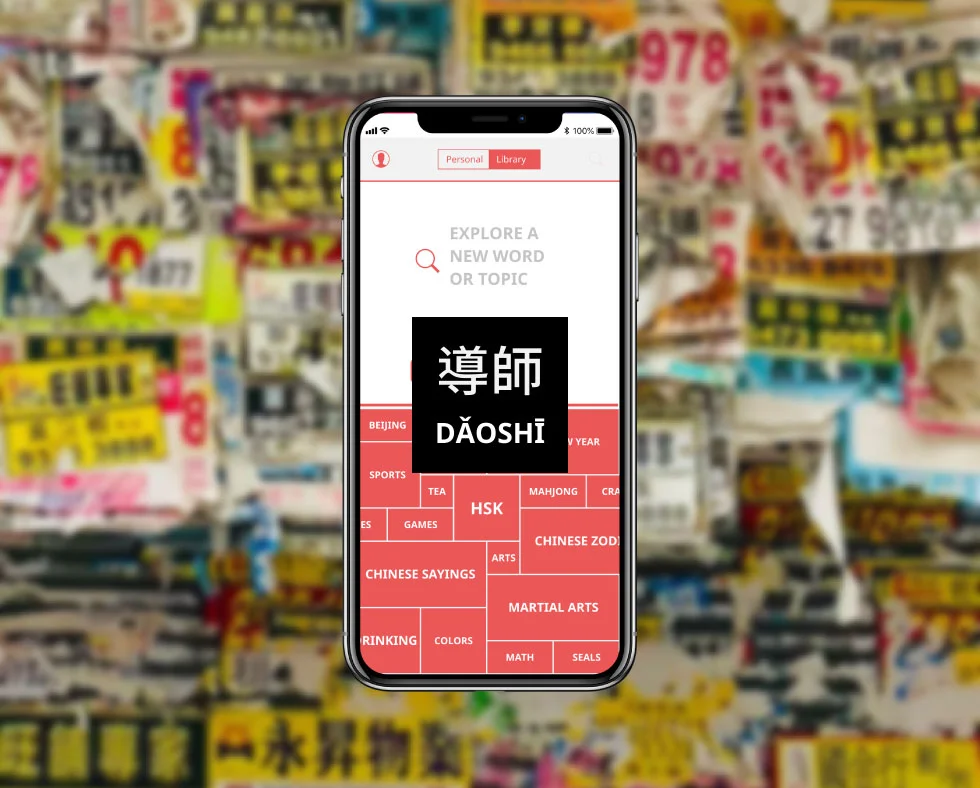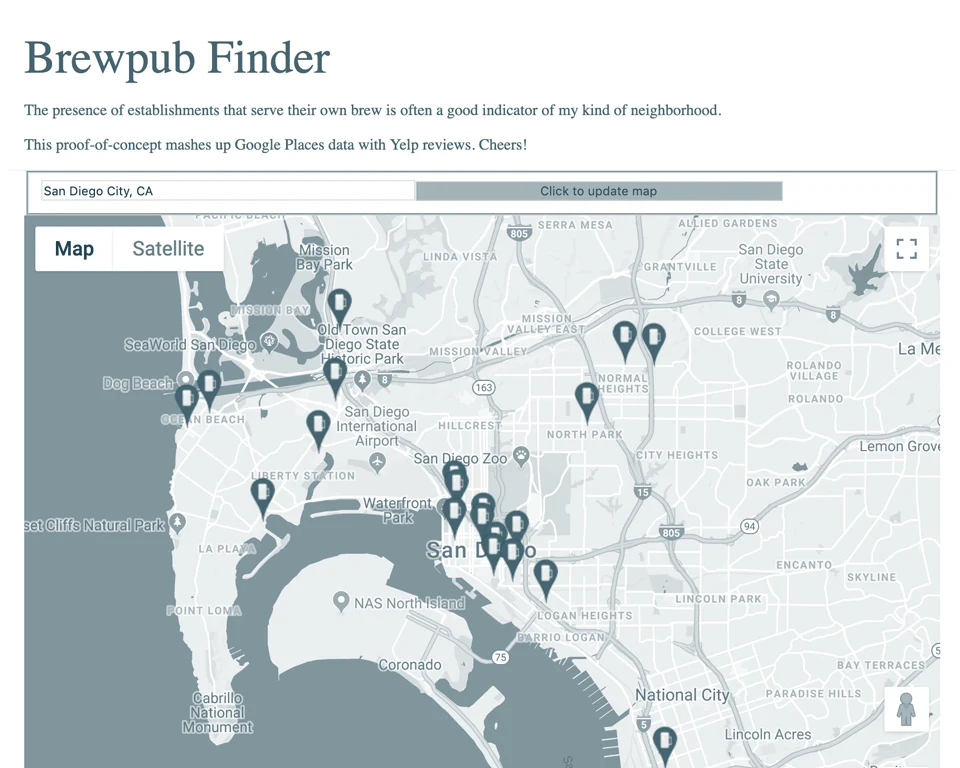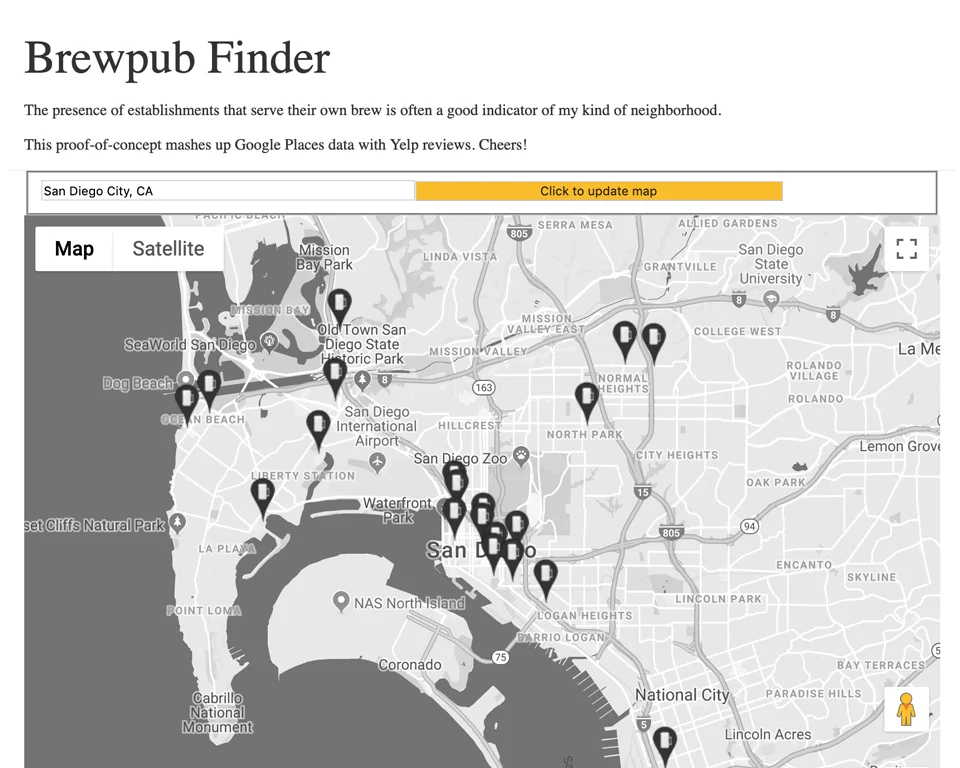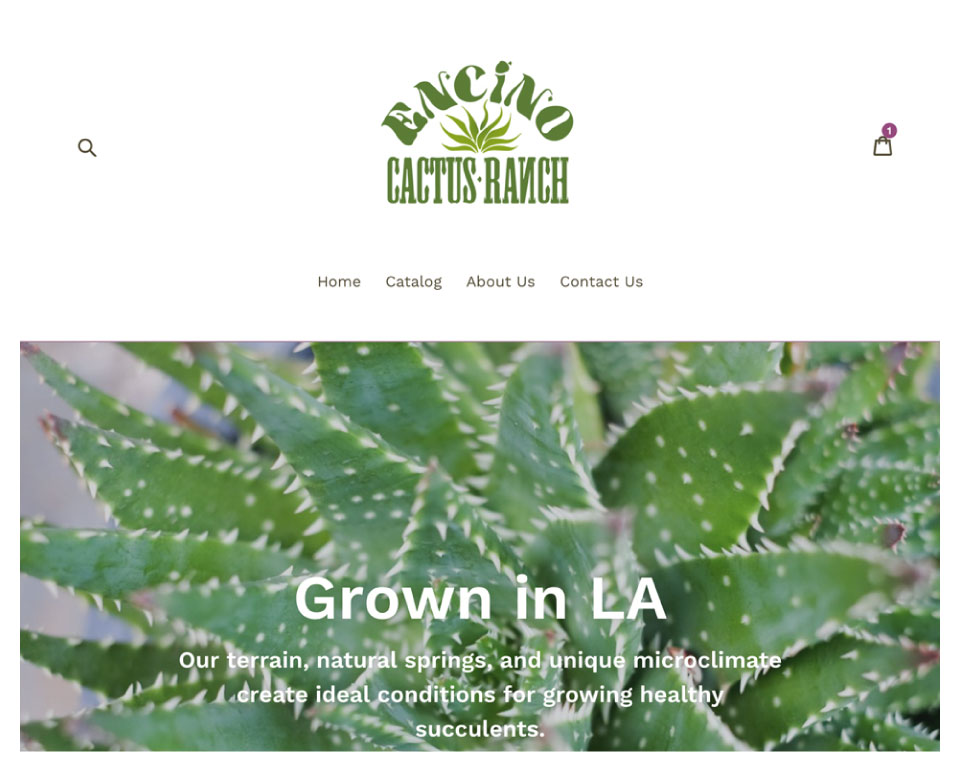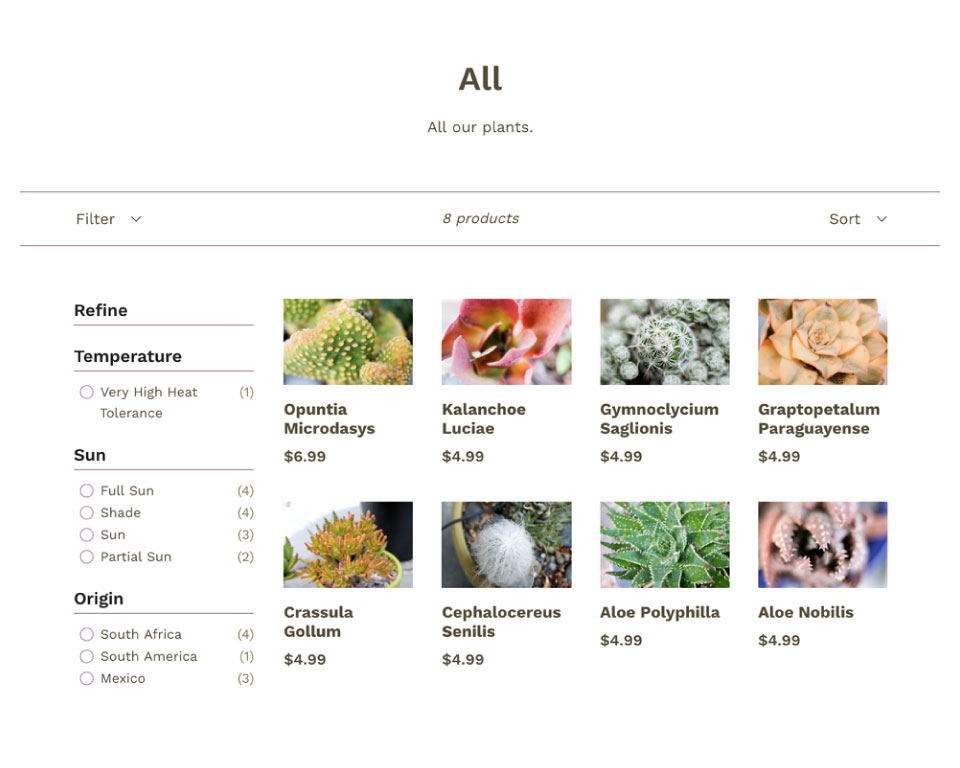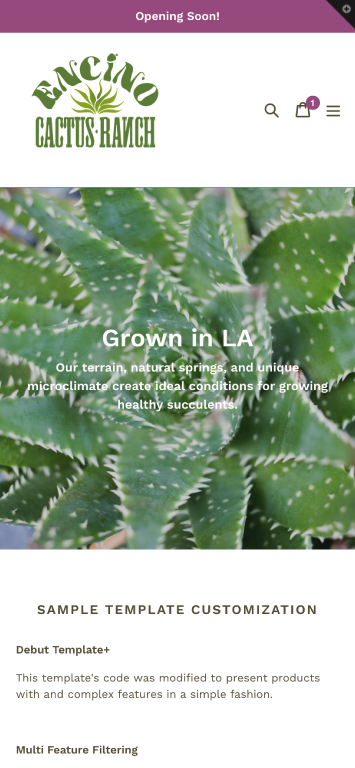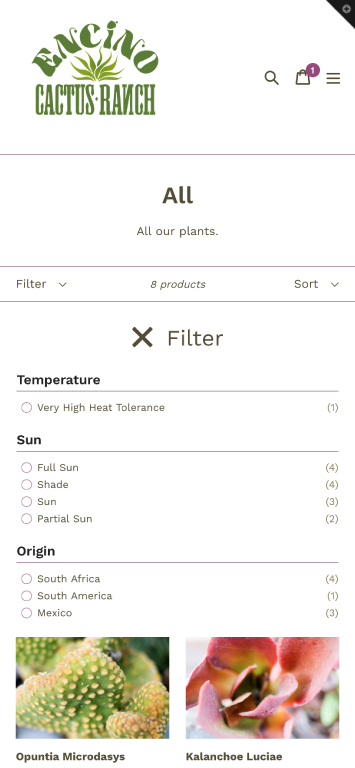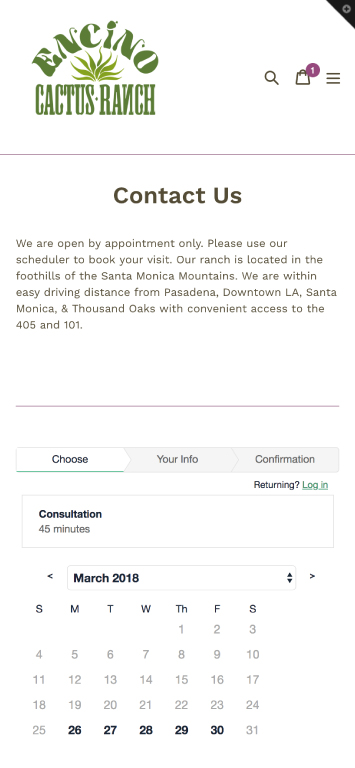E-Commerce for serious Merchants
Shopify offers a significant step up from Squarespace. Its point of sale offering lets merchants manage in-person and online sales with unified inventory. It also offers payment and shipping options tailored to more markets. Selling on Amazon and E-Bay is also supported. A plugin marketplace offers more solutions.Although their marketing is heavily geared to DIYers, I thought that merchants focused on selling online might be an interesting clientele to explore.
Fast Ramp-Up
As newcomer to the platform I was able to get up and running really fast. I picked their simplest theme as a starting point and modified it. The logic and syntax of the Liquid templates is straightforward. The customization interface is a little slow as you have to wait for their server to update with your changes.
Filtering
I chose a plant nursery because purchasing plants involves filtering a lot of information about their characteristics. It's a tough shopping experience to design and implement. On a site's backend it's also challenging to manage inventory with complex categories. Both issues are major shortcomings of Squarespace.
I used the Power Tools Suite to enable multi-tag filtering. Unlike some other competitors you are able to test it out in a free demo mode before committing to a purchase. The process for uploading products and tagging them is relatively well documented, but took a dry run to get the syntax right and see how the plant categories map out to the user interface. It's simple to clear out errors and restart.
The setup is responsive. The filter menu can expand and contract which keeps it from hiding the products on a smaller phone screen's single column layout.
Issues
Potential Plug-in Compatibility
A website that depends on 3rd party plugins has the potential for conflicts if multiple plugins work at cross purposes with each other. Besides working with apps from reputable developers you have to avoid areas where 2 apps might access the same data.
The worst case is getting stuck between 2 developers blaming each other's product for some issue.
Weak Blogging Features
Shopify is not designed as a blogging platform. You can blog but the admin interface isn't setup to make it easy to write and manage posts. That aspect of online business will be more efficient on another service.
Conclusions
I'm keeping an open mind about the platform. I went to their annual conference in May 2018 and was impressed by their effort to be an alternative to Amazon for small merchants globally.
On the otherhand their marketing's is heavily focused on DIY and the merchants are operating with small margins. Shopify might be offer opportunities for front-end coders but I'm not seeing much for designers.
